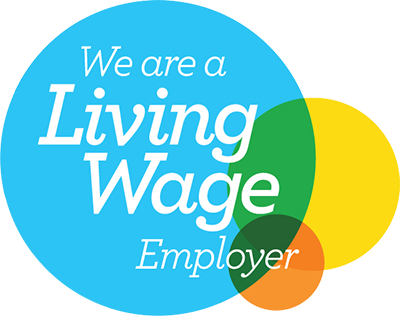

The competitive landscape is fierce and dynamic with businesses deploying various cost control strategies to obtain competitive parity or advantage. As organisations spend over 60% of their turnover on third party expenditure, the need to do more for less and focus on effective and efficient procurement has increased.
Traditionally, direct spend have always been an immediate area of focus for cost reduction as procurement has budget responsibility for “Directs” in most businesses. However, budget responsibility for “Indirect” spend remained with technical experts or functional managers. Consequently, there has always been budget or stakeholder inertia, which means that a large proportion of indirect spend may not have been exposed to rigorous, transparent and fair procurement processes. This leads to maverick buying and poor commercial terms. The nature of some of these spend areas are strategic and high value and would benefit from exposure to best-practice procurement approaches.
As Businesses strive for agility, effectiveness and efficiency in their internal activities, there is now more focus on transferring sourcing responsibility of indirect spend to procurement. This has allowed technical experts or budget holders to focus on their areas of expertise without the distraction of having to manage commercial relationships with suppliers.
The proportion of indirect spend under procurement has increased and procurement will need to be skilled in stakeholder management and collaboration to achieve cost optimisation and secure buy-in.
Procurement can extract value from indirect spend areas and contribute significantly to business performance. It is important that businesses recognise this by giving procurement the mandate and implementing structures that will drive cost efficiencies across indirect spend categories.
By Daniel Usifoh








